Derelict Strathmartine Hospital is the inspiration behind DJCAD student Logan Lovegrove’s art project. Gayle Ritchie finds out more.
Since closing its doors in 2003, Strathmartine Hospital has sunk into deep decline.
The derelict site has become a target for vandals, fire-raisers, graffiti artists and urban explorers, but it’s also a potential death-trap, with many of its decaying buildings structurally unsafe.
The hospital, which occupies a sprawling area of more than 44 acres in Angus, has attracted the attentions of Duncan of Jordanstone College of Art and Design student Logan Lovegrove. Obsessed by all things abandoned, the 21-year-old couldn’t resist investigating the crumbling warren of neglected buildings, which are just a stone’s throw from Dundee.
Intrigued by the hospital’s dark history, and finding beauty in its sorry, dilapidated condition, Logan decided to make Strathmartine the focus of a major art project.
Logan, who is in her first year at DJCAD, gathered “reference images” from friends who had visited Strathmartine over the years and local historian Karen MacAulay, who has spent years campaigning for some of the hospital buildings to be retained.
And on hearing DC Thomson had made a documentary about the hospital’s hidden history in December, she took inspiration from some of the film footage and photographs.
“I take time to look at every photo and sometimes pick out an element I think is memorable or sometimes take the whole scene,” says Logan. “I put these images into the programme Adobe Illustrator to give them an almost ‘photo-realistic’ feel.
“Then, using my own painterly style with the digital brush tools, I tend to work from the middle outwards to create the scene or objects I’m trying to recreate.”
Initially, Logan, who hopes to specialise in fine art, experimented with acrylic paints but found she couldn’t get the same, spooky, ethereal effect she was after.
“Creating the images digitally achieved the feel and atmosphere I wanted,” she explains.
“The buildings are beautiful and I don’t believe they’ve lost their charm over the years, even though they’re crumbling.
“I was inspired by the history of the hospital, too, and I think it’s a shame that as time goes on and it’s soon to be developed into homes, all people will have left are memories.
“I wanted to keep the essence of Strathmartine alive through my art, allowing people to look at something physical to remember the hospital by.”
Logan explored some of the hospital buildings “in person” a few years ago when she was a teenager.
She has always had a huge interest in abandoned places, having watched plenty of YouTube videos of urban explorers on exciting missions at sites across the UK and beyond with “awful histories”.
“I really wanted to try it myself,” she says.
“I love things with a spooky feel and things which are centred around decay.
“With Strathmartine it was like a peek into the past – a past that wasn’t connected to me in any way, but when I started researching what it was used for, it struck a chord.”
Logan became intrigued by the creepy and colourful graffiti daubed all over the hospital’s walls.
It’s everywhere – inside wards, along corridors and on the exterior.
“I love things with a spooky feel and things which are centred around decay.”
Logan Lovegrove
At the bottom of one dank stairwell, there’s a skull and crossbones crudely spray-painted on a wall with the challenge: “If you can find the body, you win”, tagged beside it.
Other graffiti includes the words “trapped”, “let me out”, “rest in peace”, “padded cell” and “lost but never forgotten”… and some rather more crude turns of phrase.
“There’s one building that has the words ‘they took her’ spray painted on a wall,” says Logan. “That adds to the spooky vibe, which I totally love.”
Another thing that struck her about Strathmartine’s abandonment was the natural decay that has set in.
Nature has reclaimed many of its buildings, which are now home to sprawling swathes of vegetation.
Trees branch up through floors, ferns sprout through rubble and moss, a fan of the damp, thrives here too.
Reading stories about vandals and fire-raisers targeting the hospital on a regular basis, Logan found herself wanting to do something positive.
“Hearing other young people were going in and destroying the wards, setting fires and vandalising things made me really angry and upset,” she says.
“I didn’t want people to remember Strathmartine as the place that was dangerous or left for kids to set fire to!
“I wanted people to remember it as being home for many people, for a long time, and I wanted to keep that memory alive for the community of people who had lived there previously.”
Strathmartine Hospital started life in the 1850s as the Baldovan Institution, an orphanage and asylum “for imbecile and idiot children”.
The hospital has a dark past, with allegations of abuse and cruel forms of punishment.
These included a form of waterboarding, “time-out”, where patients were placed in tiny rooms with steel shutters, and “seclusion”, where people would be locked in “tea boxes” smaller than coffins.
But for many people, the hospital was a sanctuary – a place to call home.
In essence, Logan wants to tell the true story of Strathmartine through her art – both the positive and the negative.
“I think these types of hospitals were a taboo subject for too long,” she muses.
“It bugged me that these people were mistreated and no one spoke about what was going on until recently, with mental health and learning difficulties being understood and more openly discussed.
“I felt I needed to show that even though negative things were going on for a short period of time, that this hospital was the only place some of these patients ever knew and they were thankful someone was there to look after them.”
There are plans to build 244 new homes and redevelop the hospital site – which will include demolishing a good few buildings – and locals hope this will bring prosperity to the area.
There’s little sign of work starting yet, despite being due to start “in spring”, although a few giant containers have popped up around the cordoned-off site.
“I hope Strathmartine, the people who lived there and its history, will be remembered for years to come, long after it’s been demolished and redeveloped,” says Logan.
“Hopefully my art project can give it a wee bit of positive publicity.”
Logan’s favourite piece in her Strathmartine collection is her unique interpretation of the hospital’s main stairwell.
“I love staircases and there’s just something so beautiful and eerie about the way that piece came out that I’m totally in love with,” she says. “It’s creepy but cool.”
While her only current outlet for her artwork is on Instagram, Logan hopes she’ll be able to display it publicly soon – perhaps even in a tent!
“Being a first year student I’ve got to get my name and my artwork out there to earn some Brownie points before I can get it displayed anywhere really,” she says.
“And it’s not that easy at the moment anyway – with Covid restrictions!
“It’s a shame as each of these paintings had a great deal of time put into them and I feel they’re maybe not reaching as many people as I would like.
“I’m considering setting up a wee tent in Dundee if it meant people would come in and look at my art.
“Hopefully people will enjoy and appreciate it.”
- Check out Logan’s art on her Instagram page, artsy_shit_x
- The Courier’s documentary about Strathmartine takes you behind the crumbling walls of the hospital to reveal its hidden history before it is consigned to memory. In it, we speak to some of those invested in Strathmartine’s past, present and future. facebook.com/watch/?v=250017363423093
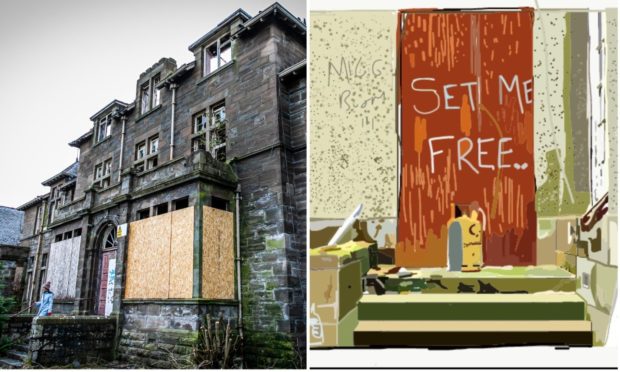
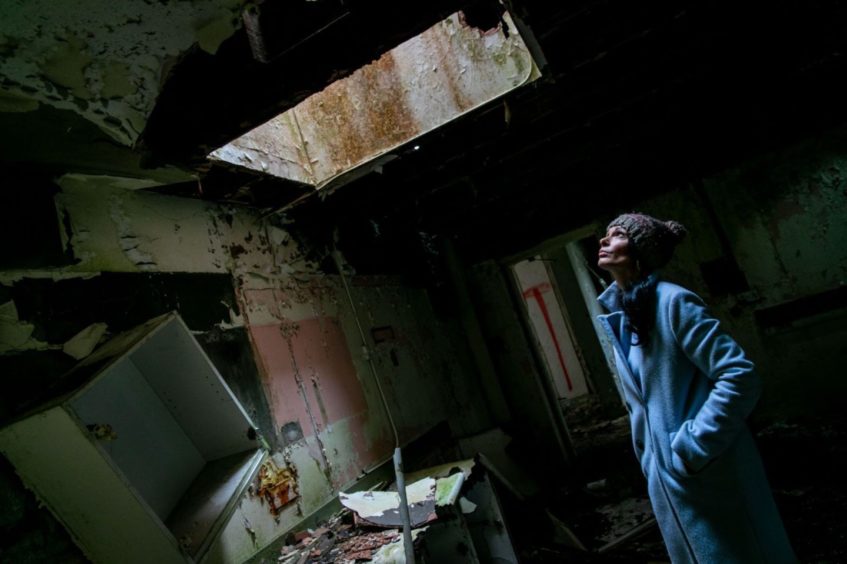
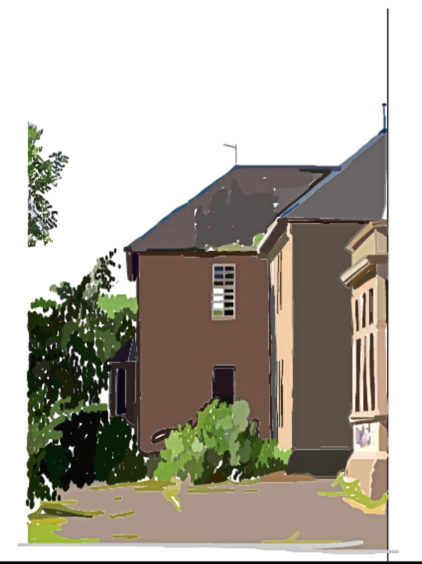
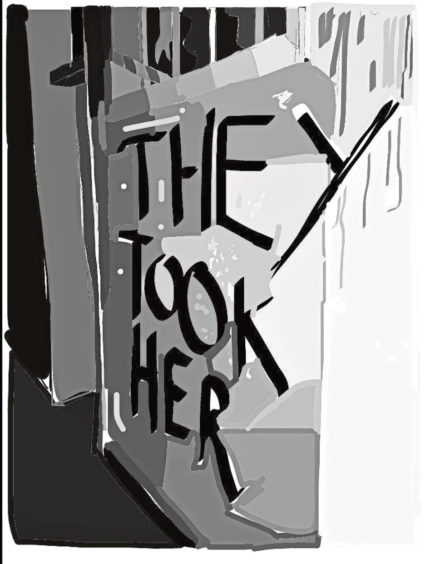
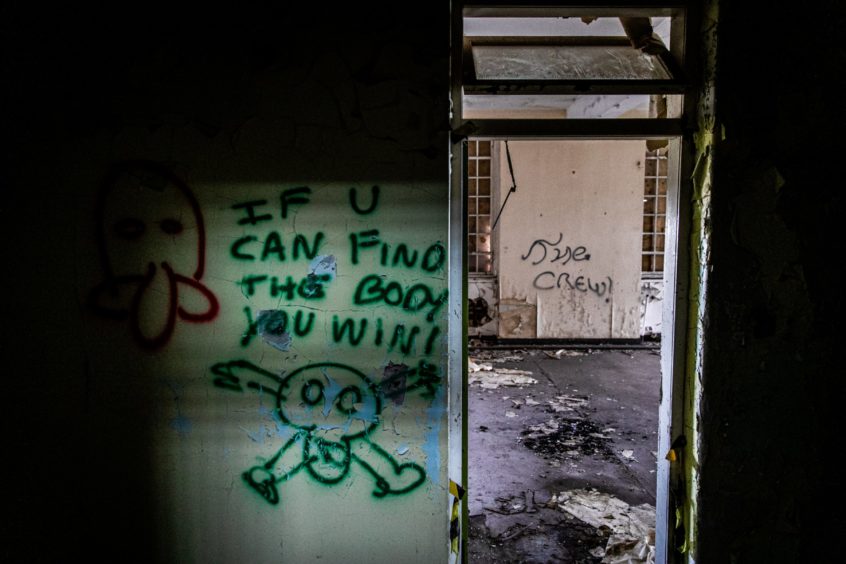
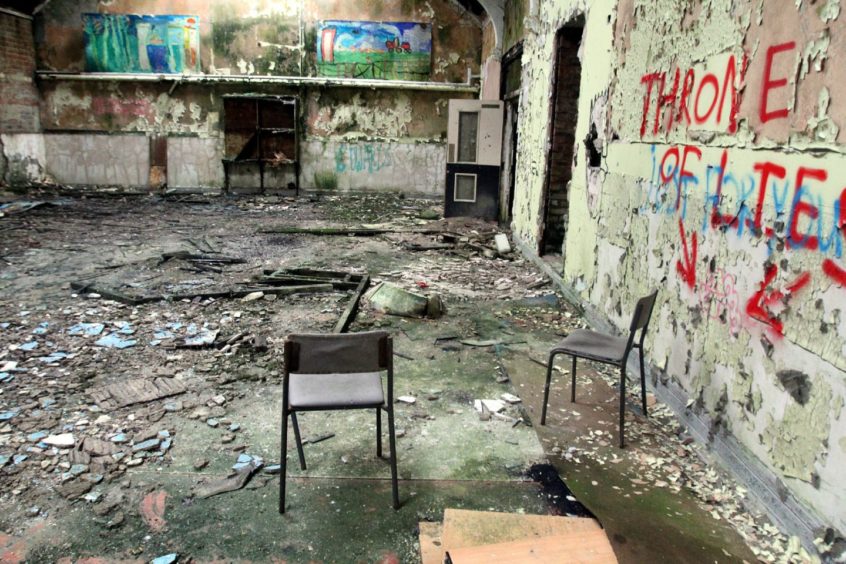
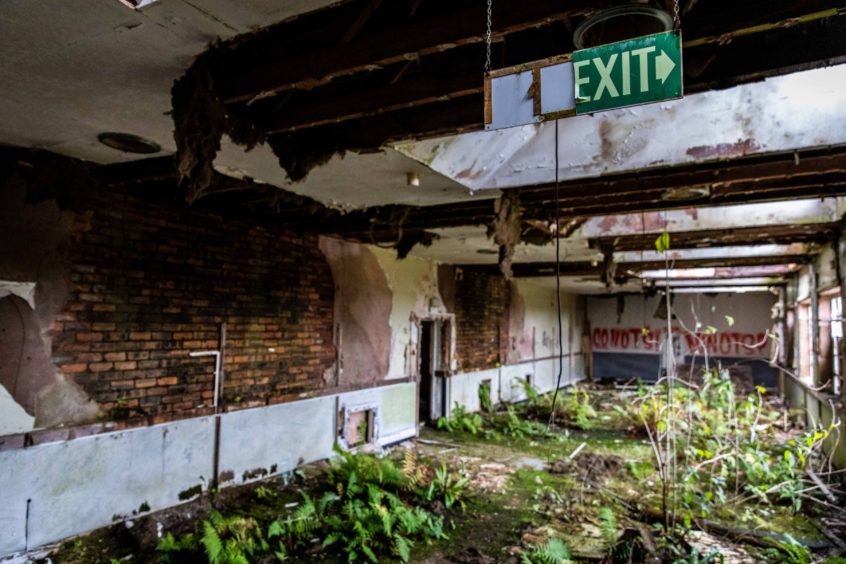
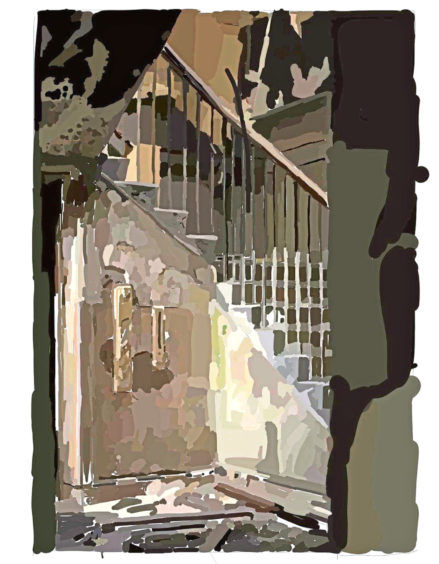
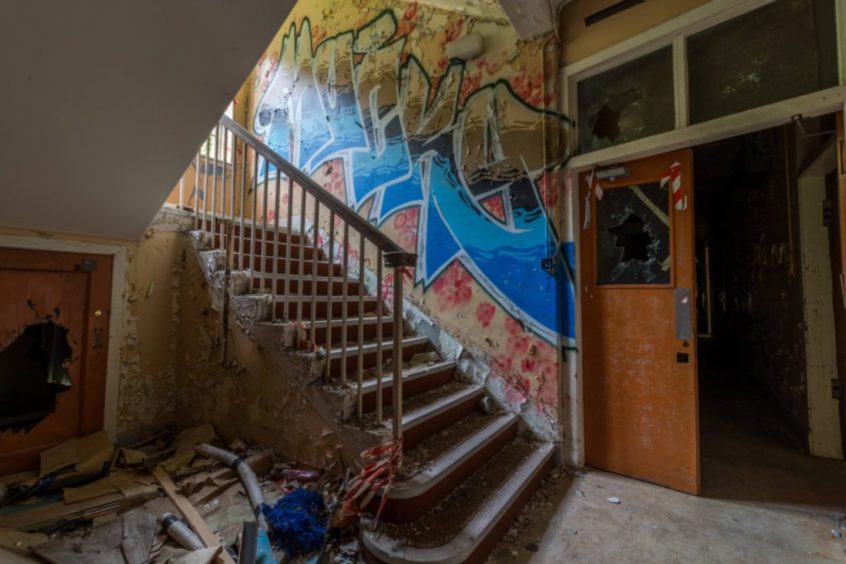
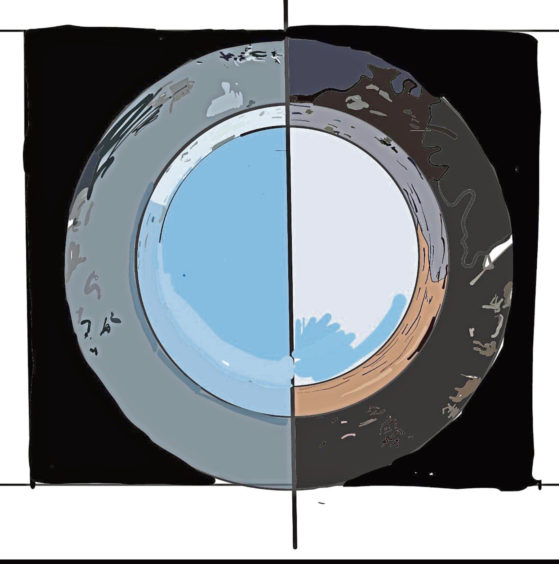
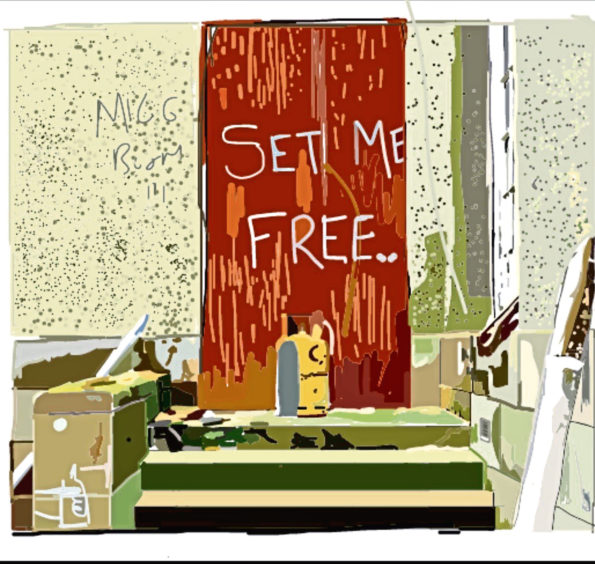











Conversation